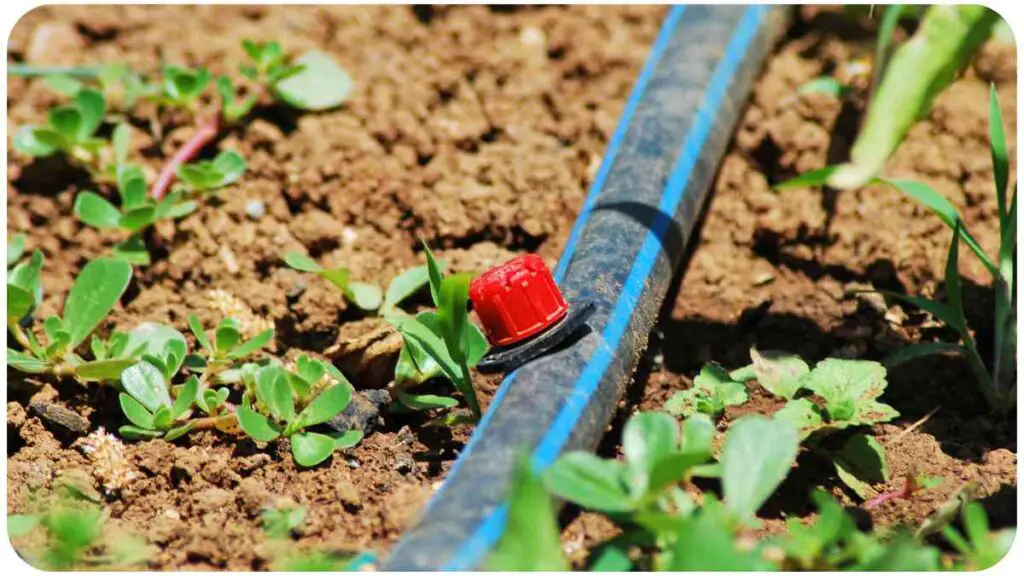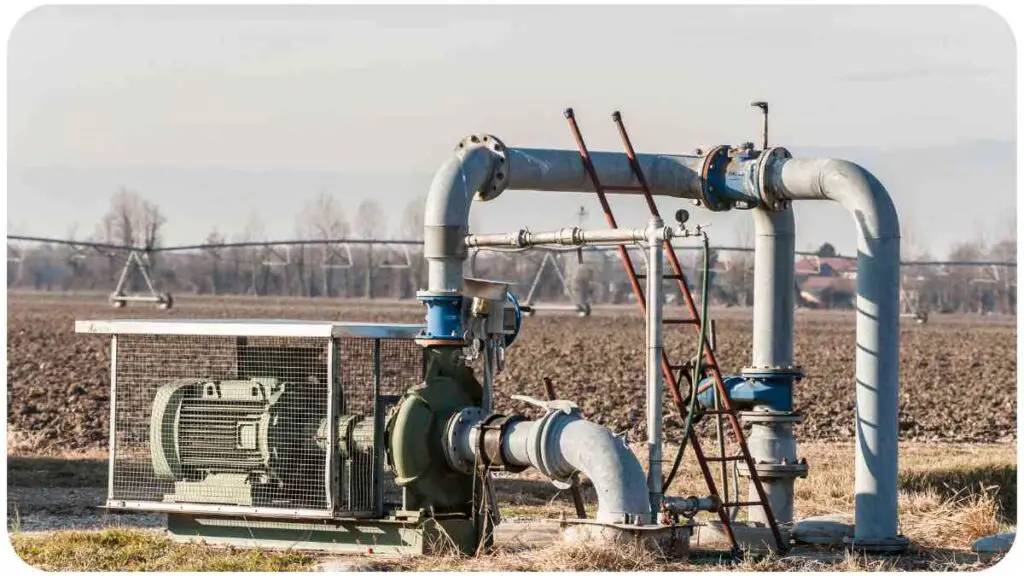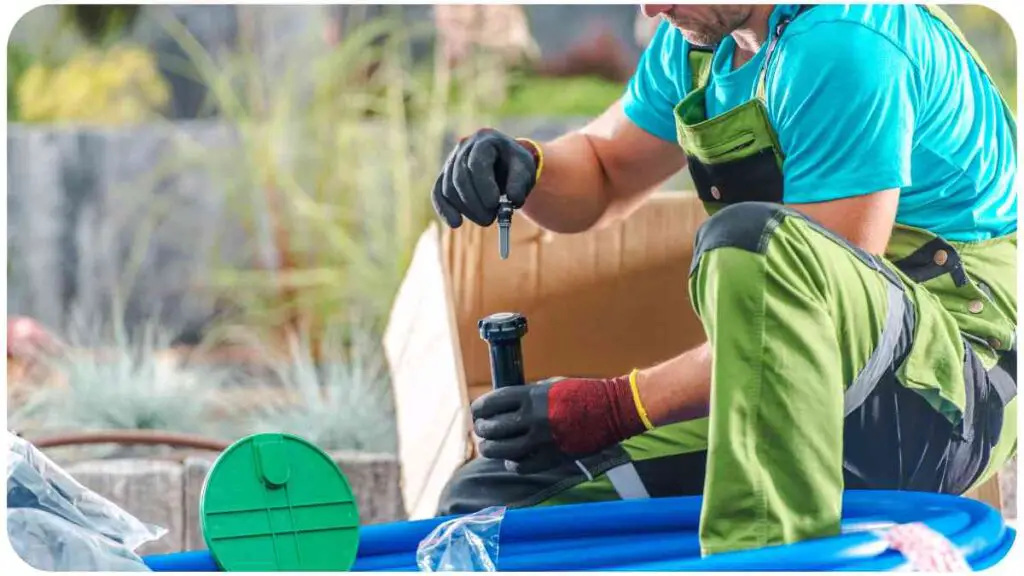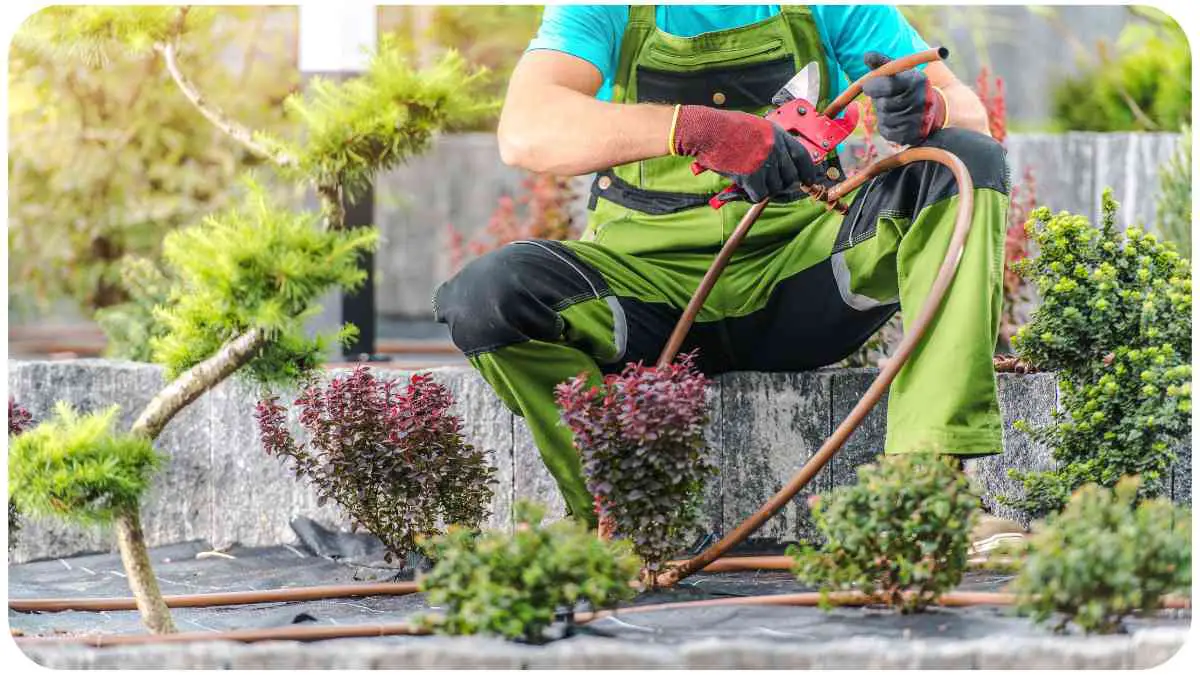Drip irrigation has revolutionized agriculture, and the Netafim Drip Irrigation System stands out as a leader in providing efficient water and nutrient delivery. In this article, we’ll delve into the common problems faced by vineyards utilizing the Netafim system and explore practical solutions for optimal performance.
| Takeaway |
|---|
| Netafim Drip Irrigation System addresses common problems through strategic solutions, ensuring efficient water and nutrient delivery. |
| Proper filter selection, regular cleaning practices, and water treatment are crucial in preventing clogging and maintaining system longevity. |
| Immediate repairs for leaks, addressing pressure variability, and systematic data collection contribute to uniform water distribution. |
| Professional maintenance routines, timely component replacement, and automation enhance the efficiency and sustainability of the system. |
| Real-world examples and success stories highlight the transformative impact of Netafim Drip Irrigation in optimizing vineyard yields. |
2. Drip Irrigation Overview
2.1 How Netafim Drip Irrigation Works

Before we address the issues, let’s understand the fundamentals of Netafim Drip Irrigation. The system involves the use of drip hoses and emitters to deliver water and nutrients directly to the plant’s root zone, ensuring precise application.
In troubleshooting your irrigation, understanding the Rachio Smart Sprinkler Controller is crucial. This comprehensive guide addresses common problems, ensuring your system runs smoothly.
3. Importance of a Well-Functioning System in Vineyards
3.1 Role of Netafim Drip Irrigation in Winegrowing
In winegrowing regions with limited rainfall, a reliable irrigation system is paramount. Netafim’s technology plays a crucial role in providing consistent water and nutrients, contributing to the overall health and productivity of vineyards.
4. Common Drip Irrigation Problems
4.1 Plugging of Drip Hoses and Emitters
| Problem Description | Solutions |
|---|---|
| Solid materials causing plugging of drip emitters. | 1. Filter Selection: Choose the appropriate filter type based on water quality. 2. Regular Cleaning: Implement a maintenance routine for cleaning filters. 3. Water Treatment: Treat irrigation water to prevent scaling. 4. Monthly Flushing: Flush drip hoses regularly. |
4.2 Leaks from Hose Ends, Broken Emitters, and Risers
| Problem Description | Solution |
|---|---|
| Leaks and breakages in the system components. | Conduct regular inspections and immediately repair identified issues. Irrigators should carry necessary parts for field repairs. |
4.3 Pressure Problems
| Problem Description | Solutions |
|---|---|
| High pressure variability leading to uneven water application. | 1. Eliminate Pressure Losses: Address large pressure losses at the pump. 2. Pressure Regulation: Adjust and install pressure regulators for consistency. 3. Regular Monitoring: Perform pressure observations regularly. |
4.4 Wear and Tear
| Problem Description | Solutions |
|---|---|
| Components experiencing wear and tear over time. | 1. Regular Checks: Inspect system components frequently. 2. Pressure Gauge Checks: Verify pressure gauges regularly. 3. Timely Replacement: Replace degraded components promptly. |
4.5 Flying Blind (Lack of System Information)
| Problem Description | Solution |
|---|---|
| Insufficient data for informed decision-making on system performance. | Regularly perform Distribution Uniformity evaluations to collect systematic data on flows and pressures in the field. |
5. Solutions to Enhance System Performance
5.1 Choosing the Right Filter

Selecting an appropriate filter is a pivotal step in preventing clogging issues. Different filters suit varying water qualities and flow requirements. For instance, opting for sand media tanks in areas with poor water quality and high flow demands can be effective. Additionally, incorporating a sand separator upstream can further enhance the filtration process.
Connectivity hiccups with the Parrot Flower Power Plant Monitor can disrupt your garden monitoring. Learn how to troubleshoot and enhance the connection for optimal plant care.
5.2 Regular Cleaning Practices
Regular maintenance is the key to a healthy irrigation system. Establishing a routine for cleaning disc filters, washing tubular screens, and replacing sand media at proper intervals is crucial. Consider installing an automatic backflush system that cleans filter media based on pressure differentials or a preset schedule.
5.3 Water Treatment Measures
Treating irrigation water at the pumping plant with sulfuric acid and/or chlorine through continuous injection can keep soluble materials in solution and prevent scaling. This is particularly beneficial in maintaining the longevity of the system. Agricultural reservoirs should also be treated to control algal growth, ensuring the overall health of the irrigation water.
Maintaining your garden tools, like the Ryobi Hedge Trimmer, involves understanding its basics. This guide provides insights into proper usage and troubleshooting tips.
5.4 Immediate Repairs for Leaks
Leaking hose ends, broken emitters, and risers can lead to significant water wastage. Implementing a systematic approach to identifying and repairing these issues is essential. A common practice is to conduct thorough inspections, driving the perimeter and every other row during startup, equipped with the necessary parts and tools for immediate repairs.
5.5 Addressing Pressure Variability
Pressure problems can result in uneven water application across the field. To address this, start by eliminating large pressure losses at the pump. Regularly observe pressure levels and adjust pressure-regulating valves to maintain consistency throughout the system. Installing pressure regulators at risers or directly in drip hoses can also mitigate issues arising from elevation changes.
Scotts Lawn Spreader acting up? Troubleshoot common problems with this guide, ensuring your lawn gets the right treatment for lush and healthy growth.
5.6 Monitoring and System Data Collection
Regularly collecting systematic data on flows and pressures in the field is vital for understanding system performance. Conduct Distribution Uniformity evaluations to ensure the efficient operation of the Netafim Drip Irrigation System. This data-driven approach allows for informed decision-making regarding irrigation scheduling and maintenance priorities.
6. Expert Tips and Best Practices
6.1 Professional Maintenance Routines

Establishing professional maintenance routines is essential for the sustained success of a Netafim Drip Irrigation System. Regularly inspecting, cleaning, and replacing components based on a well-defined schedule can significantly contribute to the system’s longevity and performance.
6.2 Impact of Water Quality on System Longevity
Water quality plays a crucial role in the effectiveness of a drip irrigation system. Poor water quality can lead to clogging and other issues. Farmers should consider conducting water quality analyses during the planning phase and implementing suitable filtration and treatment measures based on the results.
6.3 Systematic Pressure Observations
Monitoring pressure levels at various points in the system is a proactive measure to identify potential issues. Regular observations, adjustments to pressure-regulating valves, and the installation of regulators in critical areas contribute to uniform water distribution and prevent damage to system components.
Resetting your Orbit B-Hyve Timer is a quick fix for irrigation issues. Explore this concise guide to ensure your timer is properly calibrated for efficient watering schedules.
6.4 Importance of Timely Component Replacement
Components of a drip irrigation system, particularly those aboveground, have a finite lifespan. Regular checks for wear and tear are necessary, and damaged or degraded components should be replaced promptly. This ensures the system continues to operate efficiently, minimizing disruptions during crucial growth periods.
6.5 Incorporating Automation for Efficiency
Automation can enhance the efficiency of a Netafim Drip Irrigation System. Implementing automated backflush systems, pressure regulators, and monitoring systems reduces the manual workload, improves response times to issues, and contributes to the overall sustainability of the system.
7. Real-World Examples and Success Stories
7.1 Case Study: Vineyard X Improves Yields with Netafim Drip Irrigation
In a real-world example, Vineyard X experienced significant improvements in yields after implementing the Netafim Drip Irrigation System. By addressing common problems, such as clogging and uneven water application, the vineyard achieved consistent and healthy crop growth. This success story highlights the transformative impact of tailored solutions and effective system management.
7.2 Overcoming Challenges: Lessons from Expert Farmers
Expert farmers who have successfully navigated challenges with their drip irrigation systems offer valuable insights. Learning from their experiences, such as dealing with pressure variability or implementing advanced filtration techniques, provides a practical guide for other vineyards looking to optimize their Netafim Drip Irrigation Systems.
8. Conclusion
In conclusion, addressing common problems in a Netafim Drip Irrigation System requires a combination of proper planning, regular maintenance, and strategic solutions. By choosing the right filters, implementing effective cleaning practices, treating water, and addressing pressure issues, vineyards can ensure the longevity and optimal performance of their irrigation systems.
Expert tips, real-world examples, and success stories further emphasize the importance of a proactive and data-driven approach to maximize the benefits of Netafim Drip Irrigation in vineyard settings.
Further Reading
- Netafim Drip Maintenance
- Explore Netafim’s insights on drip irrigation maintenance, providing valuable tips and best practices to enhance the longevity and efficiency of your drip system.
- Netafim Drip Irrigation Overview
- Delve into the comprehensive overview of Netafim Drip Irrigation. Understand the technology, benefits, and features that make Netafim a leader in efficient water and nutrient delivery systems.
- Vineyard Team: Drip Irrigation Problems and Solutions
- The Vineyard Team provides a detailed exploration of common drip irrigation problems and their solutions. Gain valuable insights from practical experiences in addressing challenges in vineyards.
FAQs
How does Netafim Drip Irrigation work?
Netafim Drip Irrigation delivers water and nutrients directly to the plant’s root zone through drip hoses and emitters. This precise application promotes optimal plant growth, higher yields, and efficient resource use.
What are the common problems in drip irrigation systems?
Common problems include plugging of drip hoses and emitters, leaks, pressure variability, wear and tear, and insufficient system information. Each poses challenges to system efficiency and requires specific solutions.
How can I prevent clogging in drip hoses and emitters?
To prevent clogging, choose the right filter, implement regular cleaning practices, treat irrigation water to avoid scaling, and conduct monthly flushing of drip hoses during the growing season.
What role does water quality play in the longevity of a drip irrigation system?
Water quality significantly impacts system performance. Poor water quality can lead to clogging and other issues. Conduct water quality analyses and implement suitable filtration and treatment measures based on the results.
How often should I inspect and replace components in a drip irrigation system?
Regularly inspect system components for wear and tear. Replace damaged or degraded components promptly to ensure the system operates efficiently. Pressure gauges, air vents, and hoses should be checked at startup and before each irrigation event.

For 15 years, Hellen James has worked in the gardening industry as an expert and landscape designer. During her career, she has worked for a variety of businesses that specialize in landscaping and gardening from small firms to large corporations.

